Cursor AI : A Code Editor That Refused to Be Acquired
If you are wondering what is Cursor, it is an AI-powered code editor built on top of VS Code. Cursor does not just drop suggestions into your file. It actually understands your codebase. It reads your logic. It figures out what you are trying to build and helps you get there faster. Cursor was built by a team of engineers from MIT. They launched it through a company called Anysphere. The tool spread fast through dev circles. It felt different from other AI tools. It slowly became the main editor for a lot of people. Then things got interesting. OpenAI wanted to buy Cursor. This was around the time they were also looking at another tool called Windsurf (not too long ago). In the end, OpenAI picked Windsurf. Cursor said no to the offer. There is a thread about this on r/LocalLLaMA where people broke down what happened. Cursor turned it down because the team has bigger plans. They want to build a fullstack developer platform. Something more than a tool that just sits in your workflow. This article walks through the whole thing. From the start of Cursor to how it works today. Why it matters. Why the team stayed independent. And which other tools are out there if you want to compare. Who built Cursor and why Cursor came out of a company called Anysphere. The team behind it started at MIT. Four engineers. They were not trying to raise hype or chase funding. They were just tired of fighting their editors. They were dealing with large codebases. The kind where grep starts to fall apart. Context switching eats your focus. Every time you jump between files or revisit old logic, you lose time. They built Cursor to fix that. The editor started as a side project. They dropped it quietly, with almost no noise. A few devs picked it up. Then word spread. People were sharing screenshots, test results, even full feature breakdowns in Discord and Reddit threads. Cursor started doing something other AI tools could not. It followed your train of thought. Instead of just spitting out code from prompts, it looked at the whole repo. It followed function calls. It answered questions with actual context. And it let you edit code the way you think about it—one layer at a time. The team shipped fast. Every week there was something new. Better context depth. Faster responses. Real codebase indexing. It felt like they were building for themselves, not for show. At this point, Cursor was still free. They had not launched some giant pricing plan. There were no flashy launches. Just updates and a growing user base of actual developers. That early momentum is what caught OpenAI’s attention later on. We will get into that in a bit. First, let’s talk about what Cursor actually does differently. What makes Cursor different Most AI coding tools feel like helpers. Cursor feels like another dev on your team. Not some floating text box. Not a one-off reply generator. It sits inside your editor, watches how you code, and helps without getting in the way. You can select a block of code and ask it to explain what it does. You can ask it to refactor. You can even ask why a test might be failing, and it will trace back through your code to give a real answer. It looks at the full picture. The biggest difference is how it handles context. Cursor pulls in actual code files, not just lines around your cursor. It understands project structure. It knows what your functions connect to. It follows imports. It knows what changed between commits. You do not need to write long prompts either. You can say something simple like "make this cleaner" or "convert this to use hooks" and it gets the job done. There is also a built-in chat. It sits in the sidebar, like a teammate you can talk to. You can ask how a file works. You can ask it to find where something breaks. The best part is, you never leave your flow. No browser. No copy and paste. No API juggling. Cursor also handles search better than most editors. You can ask it stuff like "where is this function used across the app" or "what causes this error" and it returns actual answers, not just file hits. It still works with all your VS Code extensions. You do not have to rebuild your whole setup. You just get smarter behavior inside something you already use. This is why people started switching full time. Cursor is not just helping write code. It is helping understand it. That changes everything. Why Cursor said no to OpenAI Sometime in early 2024, OpenAI started looking for a serious AI coding assistant. They were already behind tools like Cursor, Replit Ghostwriter, and even their own Copilot collab with GitHub. They wanted something better. Something that could go deep inside the code. Something with momentum. Cursor was on that list. From what leaked out in dev threads, including a long one on r slash LocalLLaMA, OpenAI made an offer to acquire Cursor. That never happened. Cursor said no. OpenAI moved on and ended up acquiring another tool called Winds
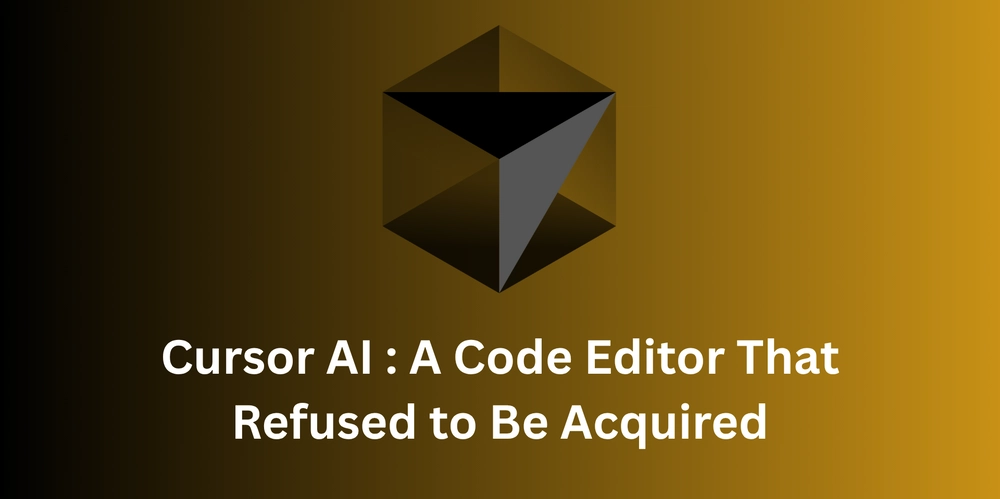
If you are wondering what is Cursor, it is an AI-powered code editor built on top of VS Code. Cursor does not just drop suggestions into your file. It actually understands your codebase. It reads your logic. It figures out what you are trying to build and helps you get there faster.
Cursor was built by a team of engineers from MIT. They launched it through a company called Anysphere. The tool spread fast through dev circles. It felt different from other AI tools. It slowly became the main editor for a lot of people.
Then things got interesting. OpenAI wanted to buy Cursor. This was around the time they were also looking at another tool called Windsurf (not too long ago).
In the end, OpenAI picked Windsurf. Cursor said no to the offer. There is a thread about this on r/LocalLLaMA where people broke down what happened. Cursor turned it down because the team has bigger plans. They want to build a fullstack developer platform. Something more than a tool that just sits in your workflow.
This article walks through the whole thing. From the start of Cursor to how it works today. Why it matters. Why the team stayed independent. And which other tools are out there if you want to compare.
Who built Cursor and why
Cursor came out of a company called Anysphere. The team behind it started at MIT. Four engineers. They were not trying to raise hype or chase funding. They were just tired of fighting their editors.
They were dealing with large codebases. The kind where grep starts to fall apart. Context switching eats your focus. Every time you jump between files or revisit old logic, you lose time. They built Cursor to fix that.
The editor started as a side project. They dropped it quietly, with almost no noise. A few devs picked it up. Then word spread. People were sharing screenshots, test results, even full feature breakdowns in Discord and Reddit threads. Cursor started doing something other AI tools could not. It followed your train of thought.
Instead of just spitting out code from prompts, it looked at the whole repo. It followed function calls. It answered questions with actual context. And it let you edit code the way you think about it—one layer at a time.
The team shipped fast. Every week there was something new. Better context depth. Faster responses. Real codebase indexing. It felt like they were building for themselves, not for show.
At this point, Cursor was still free. They had not launched some giant pricing plan. There were no flashy launches. Just updates and a growing user base of actual developers.
That early momentum is what caught OpenAI’s attention later on. We will get into that in a bit. First, let’s talk about what Cursor actually does differently.
What makes Cursor different
Most AI coding tools feel like helpers. Cursor feels like another dev on your team. Not some floating text box. Not a one-off reply generator. It sits inside your editor, watches how you code, and helps without getting in the way.
You can select a block of code and ask it to explain what it does. You can ask it to refactor. You can even ask why a test might be failing, and it will trace back through your code to give a real answer. It looks at the full picture.
The biggest difference is how it handles context. Cursor pulls in actual code files, not just lines around your cursor. It understands project structure. It knows what your functions connect to. It follows imports. It knows what changed between commits.
You do not need to write long prompts either. You can say something simple like "make this cleaner" or "convert this to use hooks" and it gets the job done.
There is also a built-in chat. It sits in the sidebar, like a teammate you can talk to. You can ask how a file works. You can ask it to find where something breaks. The best part is, you never leave your flow. No browser. No copy and paste. No API juggling.
Cursor also handles search better than most editors. You can ask it stuff like "where is this function used across the app" or "what causes this error" and it returns actual answers, not just file hits.
It still works with all your VS Code extensions. You do not have to rebuild your whole setup. You just get smarter behavior inside something you already use.
This is why people started switching full time. Cursor is not just helping write code. It is helping understand it. That changes everything.
Why Cursor said no to OpenAI
Sometime in early 2024, OpenAI started looking for a serious AI coding assistant. They were already behind tools like Cursor, Replit Ghostwriter, and even their own Copilot collab with GitHub. They wanted something better. Something that could go deep inside the code. Something with momentum.
Cursor was on that list.
From what leaked out in dev threads, including a long one on r slash LocalLLaMA, OpenAI made an offer to acquire Cursor. That never happened. Cursor said no.
OpenAI moved on and ended up acquiring another tool called Windsurf. The deal went quiet for a while, but once Windsurf showed up in OpenAI’s ecosystem, the dev community started putting the pieces together.
So why did Cursor walk away?
The short answer is focus. The team at Anysphere is not trying to build a feature.
- They are not trying to get absorbed into someone else's stack.
- They want to turn software into something more than just apps and frameworks.
- They are thinking about software itself as a platform. A place where devs can work with AI at every step. Not just when typing code.
From the outside, it looked like a wild move. Who says no to OpenAI?
From the inside, it makes some sense. Cursor is growing fast. Devs are switching full time. Feedback is rolling in from real projects. They did not need to sell. (though i still can't fathom how can someone refuse a multi-billion dollar deal?)
Anyway, that decision set the tone. Cursor is not a side project anymore. It is playing long game.
Cursor is great, but not flawless
I have used Cursor enough to know where it shines. I have also run into stuff that made me want to shut it down and switch back.
The biggest problem is that it sometimes guesses too much. When you ask it to fix something, it tries to rewrite more than you expected. It might change logic that did not need to change. Sometimes it over-explains. Other times, it gets stuck in vague answers that look smart but do not help.
The chat can get annoying if you are deep in a complex bug. It starts losing track of what you asked a few messages ago. You have to rephrase or start over. When it works, it works really well. When it breaks, it feels like trying to debug with someone who did not read the code properly.
There are also limits on context. Cursor pulls in more than Copilot, but it still misses edge cases in larger repos. Especially in monorepos or projects with nested services, it can lose track of cross-references.
And yeah, it is not lightweight. Cursor feels heavier than plain VS Code. Startup time is slower. The AI features take some time to kick in, especially on cold starts. You feel that lag when you are jumping into a new project or switching branches.
Pricing is also starting to become a question. It was free at first, which helped it spread. Now it is starting to cost real money. For some people, it is worth it. For others, especially folks who only use the AI once in a while, it might feel like overkill.
I am not saying Cursor is bad. I still use it. I just do not want to pretend it solves everything. It is a great tool, not a perfect one.
If Cursor does not click, try these
Not every dev wants to switch their whole editor. Some people want lightweight. Some want in-browser. Some want to keep VS Code but add smarter suggestions. Cursor is not the only option out there. I have tried a bunch of others, and here is what I found.
For a full breakdown, you can check this list I put together earlier: Best Cursor Alternatives — it goes deeper into features, pricing, and which tools work best for what kind of workflow.
GitHub Copilot
Copilot is the most well-known. It is built into VS Code and backed by OpenAI. It gives solid autocomplete suggestions as you type. For small functions or boilerplate, it works fine. It does not understand full context very well. You can’t ask questions like you would in Cursor. It also gets stuck in loops sometimes and repeats itself. Good for fast typing, not great for deep debugging.
Bito
Bito is built for devs who want AI help without leaving their flow. It works inside your IDE and helps with code explanations, suggestions, documentation, and test cases. It is faster than most browser-based tools and does not require tons of setup. You can also use it with private codebases safely, which is a big plus if you care about keeping things in-house. If you are looking for a no-nonsense AI pair dev that fits inside your setup, Bito is worth checking out.
Cody by Sourcegraph
Cody is somewhere between Copilot and Cursor. It comes with a built-in chat, can look at your whole repo, and ties into Sourcegraph’s code intelligence system. If you are already using Sourcegraph, Cody makes sense. It is more mature than Cursor in some areas, like search, but a bit clunky when it comes to editing. Still improving.
Replit Ghostwriter
Ghostwriter lives inside the Replit IDE. If you are coding in the browser or working on quick prototypes, this is one of the best setups. It helps with both code and docs. You can ask it to build something and it gives you a full layout. Problem is, you have to work in Replit. It is not for local dev or long-term projects unless your whole team is on it.
Continue
Continue is an open-source extension that brings AI chat to VS Code. It is not as polished as Cursor, but it is lightweight and flexible. You can bring your own model. You can use local setups. If you are tired of closed tools and want something you can tweak, Continue is worth trying. Just expect more setup and less magic out of the box.
CodeWhisperer by AWS
If you are deep in the AWS ecosystem, CodeWhisperer makes sense. It is focused more on security, cloud integration, and dev environments tied to AWS services. For general-purpose coding, it feels behind the others. It is slower. Suggestions are not as sharp. But if your day is full of Lambda functions and IAM configs, it might help.












































































































































































![[The AI Show Episode 150]: AI Answers: AI Roadmaps, Which Tools to Use, Making the Case for AI, Training, and Building GPTs](https://www.marketingaiinstitute.com/hubfs/ep%20150%20cover.png)
![[The AI Show Episode 149]: Google I/O, Claude 4, White Collar Jobs Automated in 5 Years, Jony Ive Joins OpenAI, and AI’s Impact on the Environment](https://www.marketingaiinstitute.com/hubfs/ep%20149%20cover.png)















































































































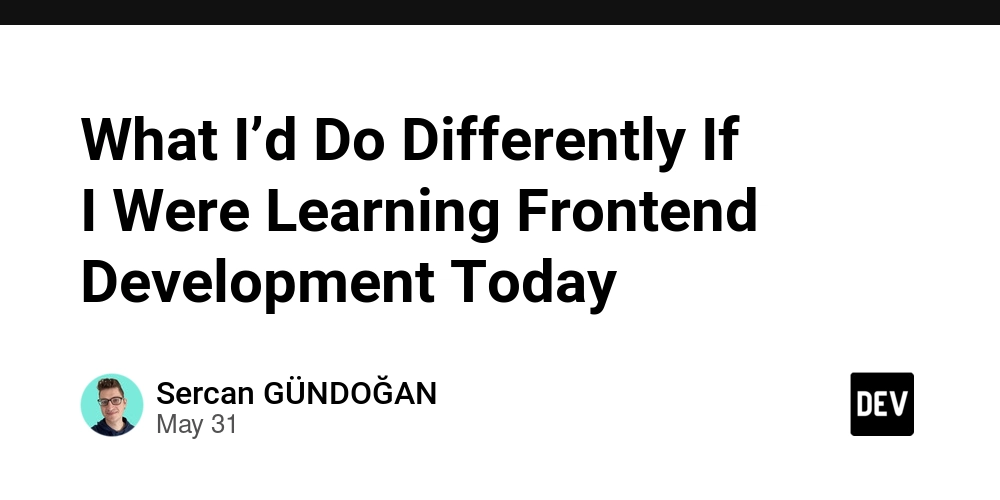
![[Side Project] Maroik: Modern ASP.NET Core 9.0 CMS with Full-Stack Features](https://media2.dev.to/dynamic/image/width%3D1000,height%3D500,fit%3Dcover,gravity%3Dauto,format%3Dauto/https:%2F%2Fdev-to-uploads.s3.amazonaws.com%2Fuploads%2Farticles%2F53cfnrge1bqwc7vxdicj.png)
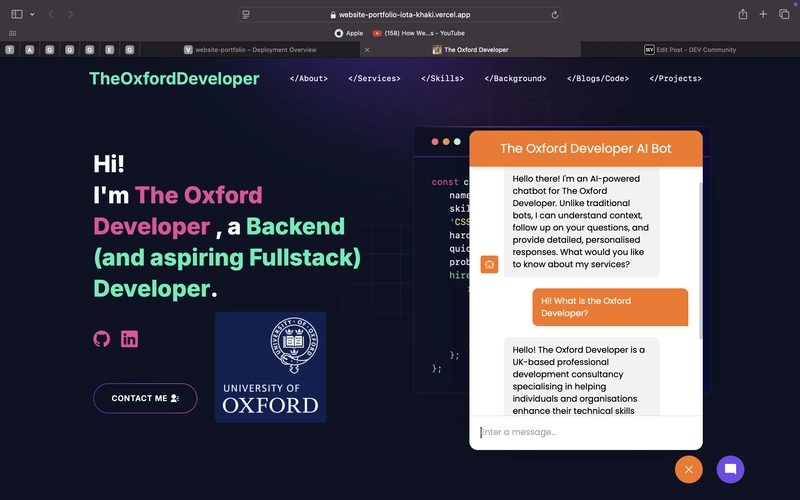











![[FREE EBOOKS] Solutions Architect’s Handbook, The Embedded Linux Security Handbook & Four More Best Selling Titles](https://www.javacodegeeks.com/wp-content/uploads/2012/12/jcg-logo.jpg)




![How to Survive in Tech When Everything's Changing w/ 21-year Veteran Dev Joe Attardi [Podcast #174]](https://cdn.hashnode.com/res/hashnode/image/upload/v1748483423794/0848ad8d-1381-474f-94ea-a196ad4723a4.png?#)







































































































































_ArtemisDiana_Alamy.jpg?width=1280&auto=webp&quality=80&disable=upscale#)



.webp?#)



































































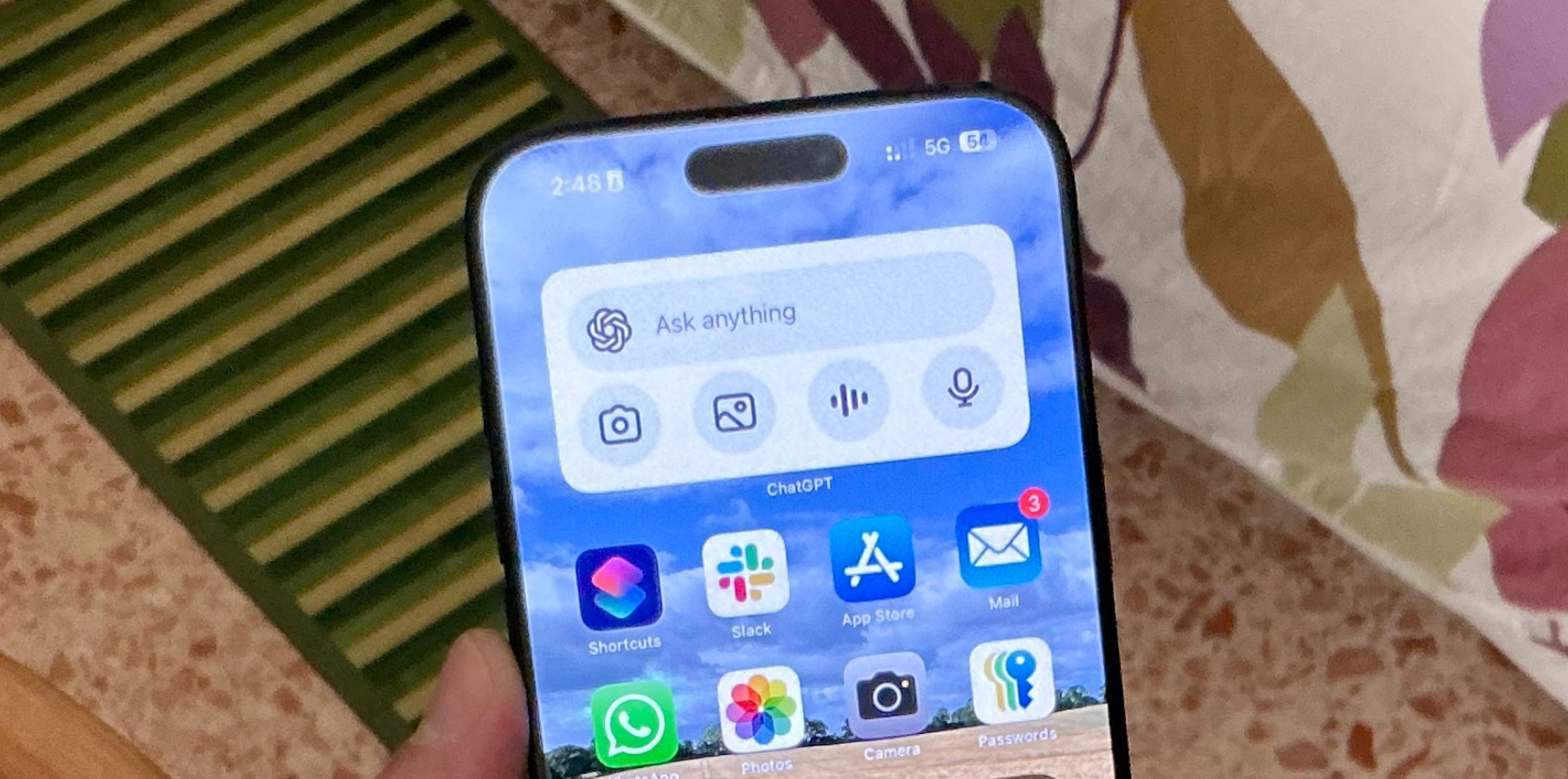
















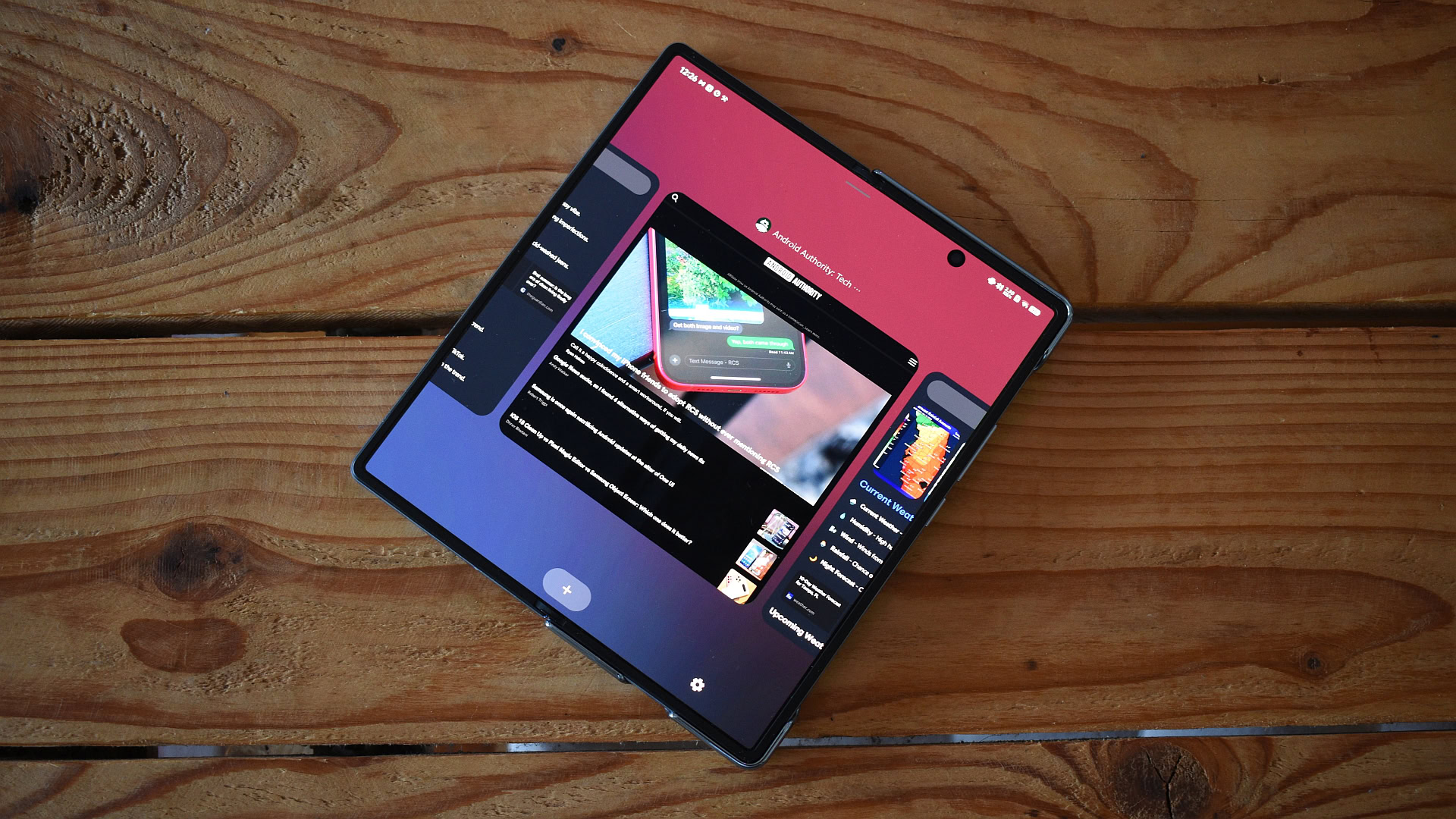





















![Apple 15-inch M4 MacBook Air On Sale for $1023.86 [Lowest Price Ever]](https://www.iclarified.com/images/news/97468/97468/97468-640.jpg)




































































